Sunday, July 30, 2017
By:
I’m thrilled to announce that I’ve been named one of the 2017 John Mather Nobel Scholars! The Mather Scholars program, which draws its funding from Dr. Mather’s 2006 Nobel Prize, provides selected Goddard interns with a $3,000 travel grant for the purpose of presenting their research at conferences. The funds are available for up to three years.
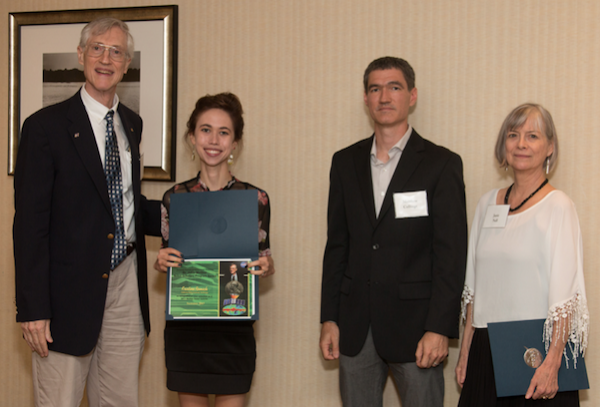
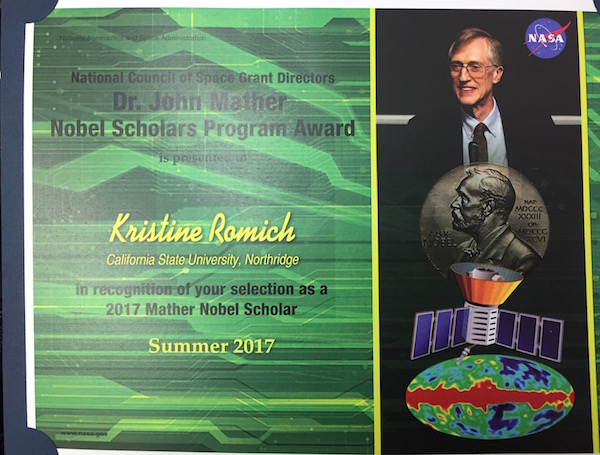
My sincere thanks to Dr. Mather for his generosity, to Dr. Viall for her letter of recommendation, and to everyone on the Mather Scholars selection committee.
This week started off with a visit from my mom. Riley was kind enough to give us a private tour of the Hill, since I had to leave early during the tour he and Eleanor led last month. My mom and I spent the rest of the weekend walking the equivalent of a marathon — a solid 27 miles — in and around D.C.
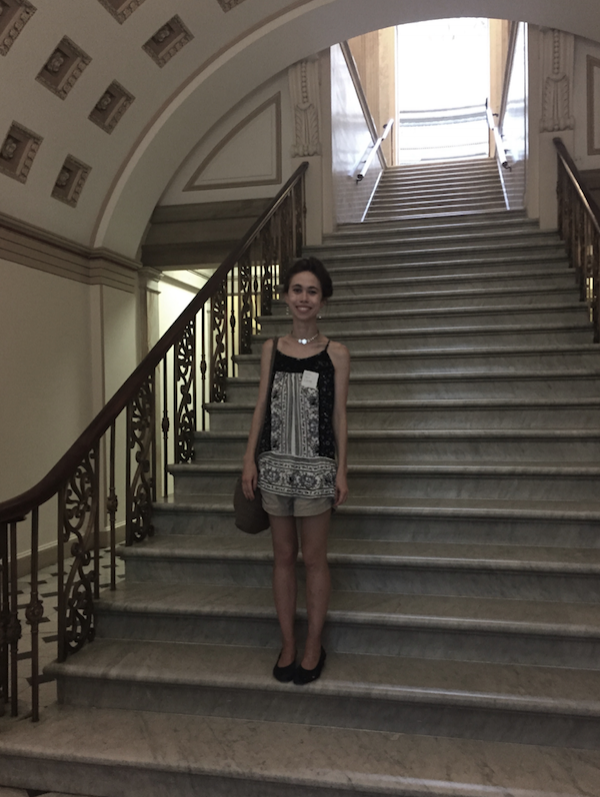
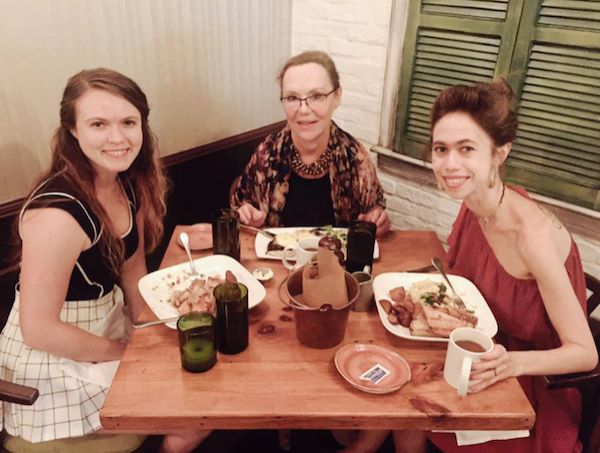
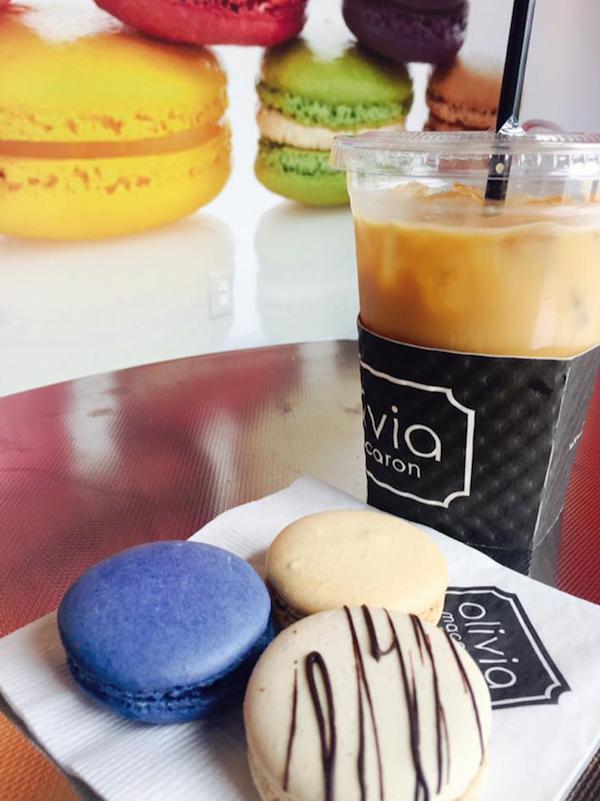
On Sunday I finally tried Founding Farmers, an acclaimed health-food joint a few blocks from the dorm. It's on the pricey side, but worth checking out. Reservations are strongly recommended.
Now that I’ve finished my poster, I can take a step back and relax. Goddard’s poster session isn’t until next Thursday, but interns are required to submit poster PDFs in advance for the first round of judging. I’ve written at some length (see here and here) about how much an intern can reasonably expect to get done in ten weeks, so I don’t feel too bad about not having results, per se. Even though I haven’t had time to compare my simulations to actual data, I’ve produced something meaningful: a method of estimating the energy released by a sequence of nanoflares, or small-scale bursts along a magnetic flux tube.
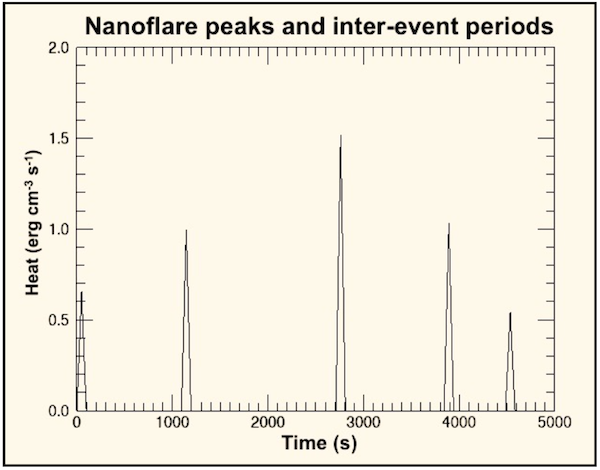
While nanoflares are too small (and too numerous) to resolve using our current capabilities, their signatures can be detected with the Atmospheric Imaging Assembly aboard NASA’s Solar Dynamics Observatory. The combined energy output of a large number of nanoflares is one possible explanation for the high temperature of the corona. After I model a set of nanoflares (much like the above, except longer), I feed that energy output into an existing code to see how the solar plasma would respond.
I'll save the rest for my final presentation.
To follow up on something I mentioned a few weeks ago, I recently submitted my first post to the Aurorasaurus blog. I don’t know if it’ll get through the revision process before the end of the internship, but I encourage you to check back if you’re remotely interested in space weather (and if you're not, you probably should be). There’s plenty of good stuff over at Aurorasaurus, and Dr. MacDonald & co. try to keep it fun (e.g., how is an eclipse like a fidget spinner?).
Yesterday Lisa arranged a treat for the SPS interns. Retired librarian Constance Carter, former head of the Science Reference Section at the Library of Congress, took seven of us on a behind-the-scenes tour of the Library. Connie, whose own background is in zoology, started working at the Library in the mid-1960s, and continues to volunteer there full-time. You can read a brief interview with her here.
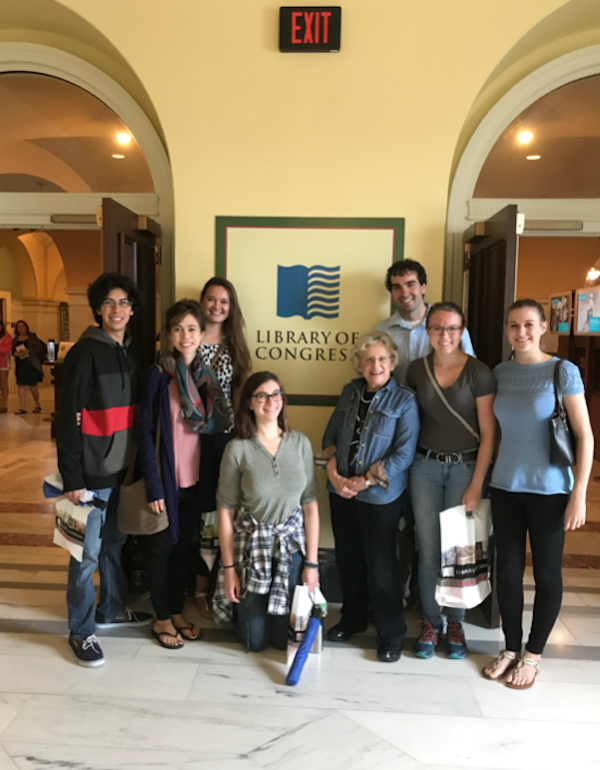
This time next week, I’ll be back in California. It’s been an incredible summer, but I’m looking forward to going home, seeing my husband, and starting the upper-division physics coursework at Cal State - Northridge. Here’s to a productive last few days!
Kristine Romich
